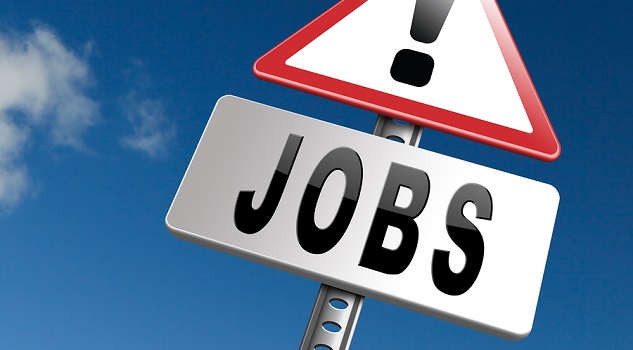A new report reveals the state of Australia’s hospitality industry after more than two years after the pandemic began, amid widespread labour shortages, and supply chain disruption
The report notes that pre-pandemic, the hospitality industry relied heavily on migrants to fill staffing gaps. With many having to return home when the borders closed, and with a huge backlog for visa approvals, hospitality businesses are struggling with managing labour shortages.
This is particularly true in major states like Victoria and New South Wales where businesses are rostering 30 per cent fewer shift work hours compared to pre-pandemic levels. This is attributed to the fact that these areas contain major cities like Sydney and Melbourne, which are hubs for education and businesses and therefore draw in more international students and overseas workers.
Conversely, states which rely less on these workers, such as Western Australia, have experienced the strongest recovery but are not spared from labour shortages either as they roster 10 per cent fewer shift work hours compared to pre-pandemic levels.
To fill the gaps left by migrants, the report found that locals are working more hours in hospitality businesses. While millennials continue to take up the majority of shift work hours, Gen X, Gen Z and Baby Boomers are staffing more shifts. Even 16 per cent of Australian seniors reentering the paid workforce after retiring, while 20 per cent would consider returning to work.
The report The Big Shift: The Changing Landscape of Australian Hospitality by shift work platform Deputy was created in partnership with labour economist Shashi Karunanethy PhD, who provided insight into market conditions over an analysis of the hours and shifts posted by an average of 31,718 shift workers per month. It reveals that the share of hospitality shift workers with multiple jobs within the Deputy platform peaked in July 2022, at nearly three per cent of shift workers. They are also working longer hours, even compared to their average shift work hours before the pandemic or during peak shopping and festive seasons such as Christmas when shift work hours tend to seasonally peak.
On a more positive note, accommodation providers and sit-down restaurants saw the largest employment gains and recoveries into 2022, experiencing 50 per cent and 30 per cent increases in shift work hours respectively compared to pre-pandemic levels. Still, bars and restaurants continue to face labour shortages. The report highlights that the sector is facing a host of challenges, with increased price pressures from food and alcohol suppliers, as well as difficulty transitioning to new revenue opportunities in takeaway and delivery services.
“Last year’s research braced us for many of the challenges hospitality businesses are currently facing, such as labour shortages and the adoption of technology,” Ashik Ahmed, CEO & Co-Founder of Deputy, said. “However, these businesses have also had to contend with many unforeseen challenges such as inflation hikes and supply chain disruptions.
“Through it all, it’s been heartening to see the resilience of business leaders and hospitality workers, who have been able to seamlessly adapt to changes and keep their spirits high,” Ahmed added. “I urge the Government to do more to help lighten the burden on the industry, starting with tax breaks and strengthening the definition of permanent employees to encourage more workers to join the industry. Long-term, I look forward to seeing increased spending behind hospitality training so as to encourage Australians to consider the industry as a viable career option.”















